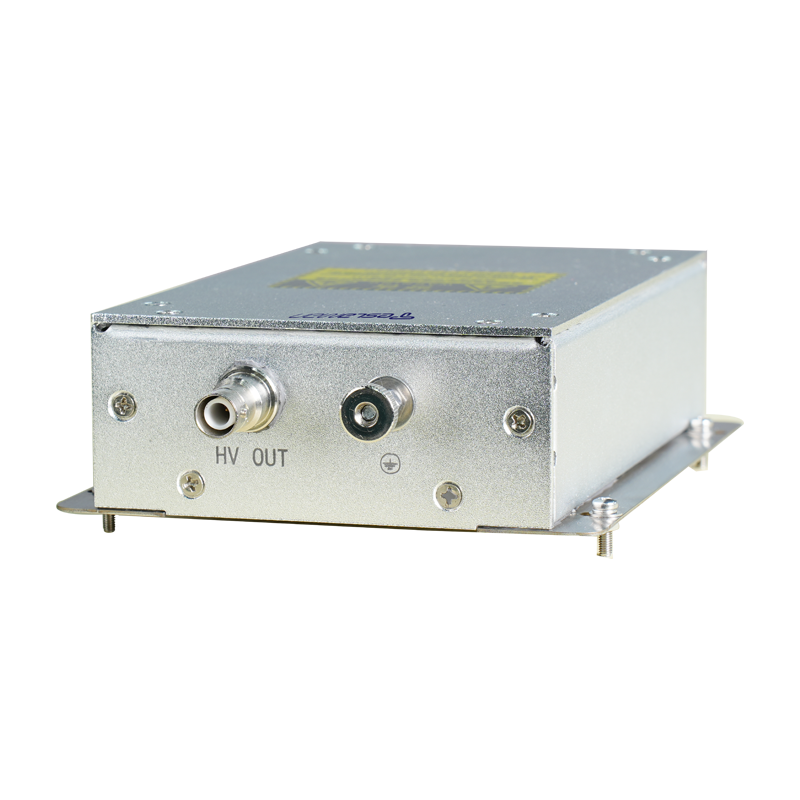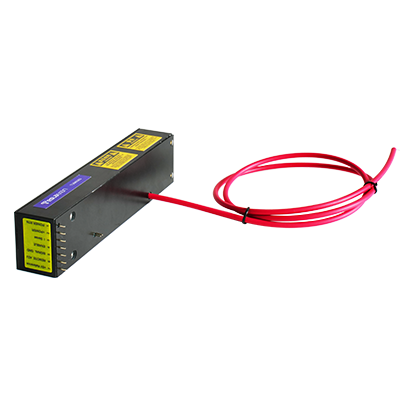Reliability Verification and Performance Analysis of High-Voltage Modular Power Supplies in Industrial Laser Welding
I. Introduction
With the rapid development of modern industry, laser welding technology has been widely applied in numerous industrial fields due to its high precision, high efficiency, and high applicability. As one of the core components of the laser welding system, the performance and reliability of the high-voltage modular power supply directly affect the stable operation of the entire system and the quality of welding. This article will conduct an in-depth analysis of the reliability verification and performance of high-voltage modular power supplies in industrial laser welding from a professional perspective.
II. Overview of High-Voltage Modular Power Supplies
The high-voltage modular power supply is a type of power electronic device that converts low-voltage direct current into high-voltage direct current. It has the advantages of small size, light weight, high efficiency, and strong reliability, and is therefore widely used in industrial laser welding and other fields. The main performance indicators of the high-voltage modular power supply include output voltage accuracy, output current stability, work efficiency, temperature characteristics, etc.
III. Application of High-Voltage Modular Power Supplies in Industrial Laser Welding
In industrial laser welding, the main function of the high-voltage modular power supply is to provide a stable high-voltage power source for the laser, ensuring that the laser can work normally and produce high-quality laser beams. In addition, the high-voltage modular power supply also needs to have a fast response capability to meet the real-time requirements for power adjustment during the laser welding process.
IV. Reliability Verification Methods for High-Voltage Modules
To ensure the reliability of the high-voltage modular power supply in industrial laser welding, it is necessary to conduct strict reliability verification. Common verification methods include:
1. Environmental Adaptability Test: Simulate harsh conditions such as high temperature, low temperature, and humidity in the actual working environment to test the stability and reliability of the high-voltage modular power supply under these conditions.
2. Life Test: Observe the change in output performance parameters of the high-voltage modular power supply during long-term continuous operation to assess its service life.
3. Electromagnetic Compatibility Test: Test whether the high-voltage modular power supply generates electromagnetic interference during operation and its anti-interference ability against electromagnetic interference from surrounding equipment.
V. Performance Analysis of High-Voltage Modular Power Supplies
After strict reliability verification, the performance of the high-voltage modular power supply can be thoroughly analyzed. The main performance indicators include:
1. Output Voltage Accuracy: The high-voltage modular power supply should be able to output stable and accurate high voltage to ensure the normal operation of the laser.
2. Output Current Stability: The stability of the output current directly affects the welding quality during the laser welding process. Therefore, the high-voltage modular power supply should have good output current regulation capability.
3. Work Efficiency: The higher the work efficiency of the high-voltage modular power supply, the smaller the energy conversion loss, thereby improving the energy efficiency ratio of the entire laser welding system.
4. Temperature Characteristics: The high-voltage modular power supply should have good temperature characteristics, that is, it can maintain stable output performance when the temperature changes.
VI. Conclusion
In summary, the high-voltage modular power supply plays a crucial role in industrial laser welding. Through strict reliability verification and performance analysis, the stability and reliability of the high-voltage modular power supply in practical applications can be ensured, thereby improving the overall performance and quality of the laser welding system. In the future, with the continuous advancement of technology and increasing application demands, the design and manufacturing of high-voltage modular power supplies will face more challenges and opportunities.




















